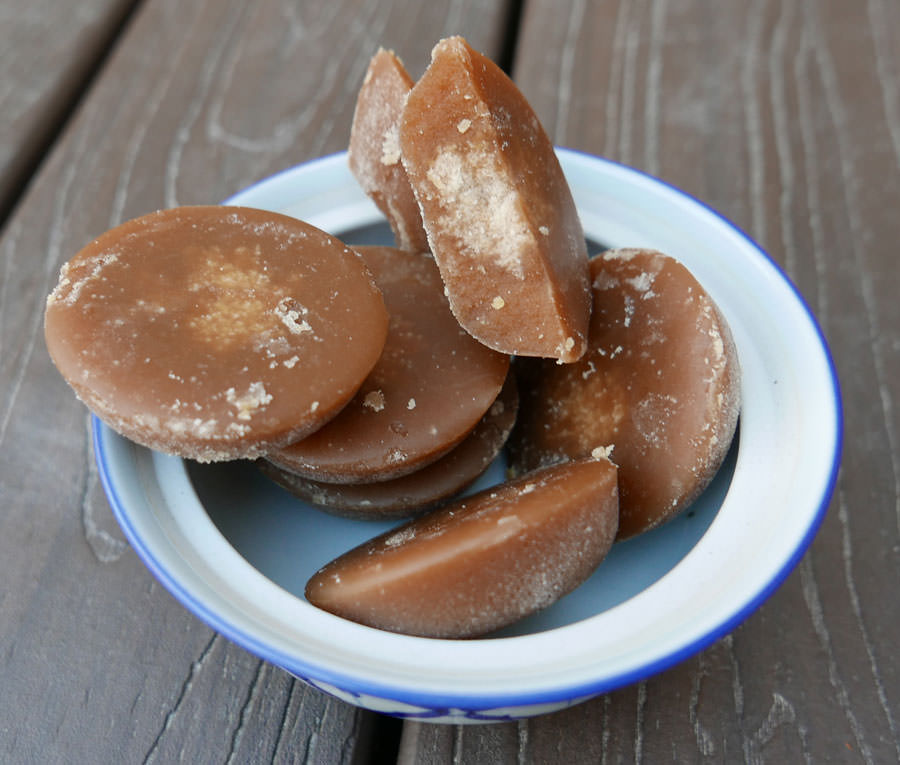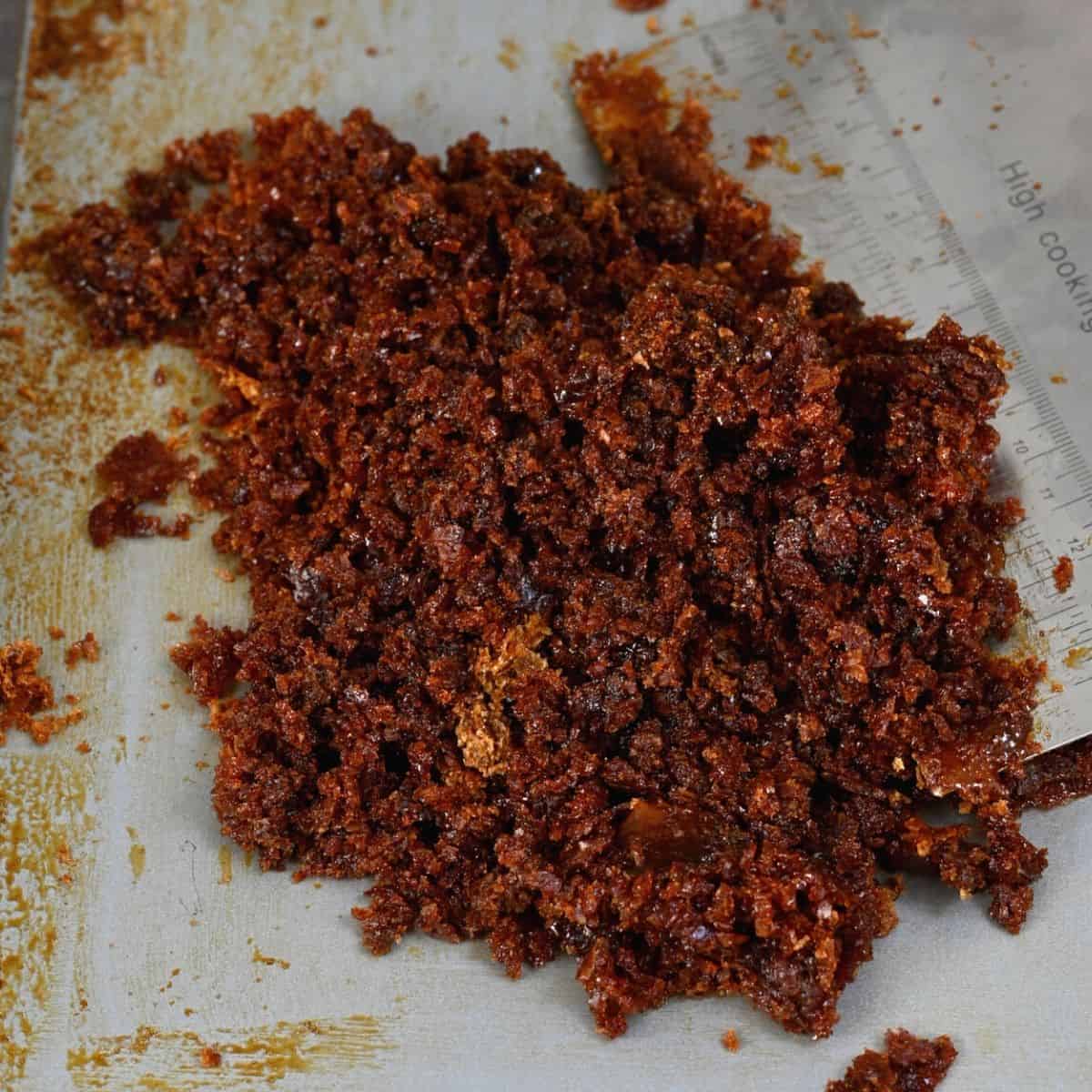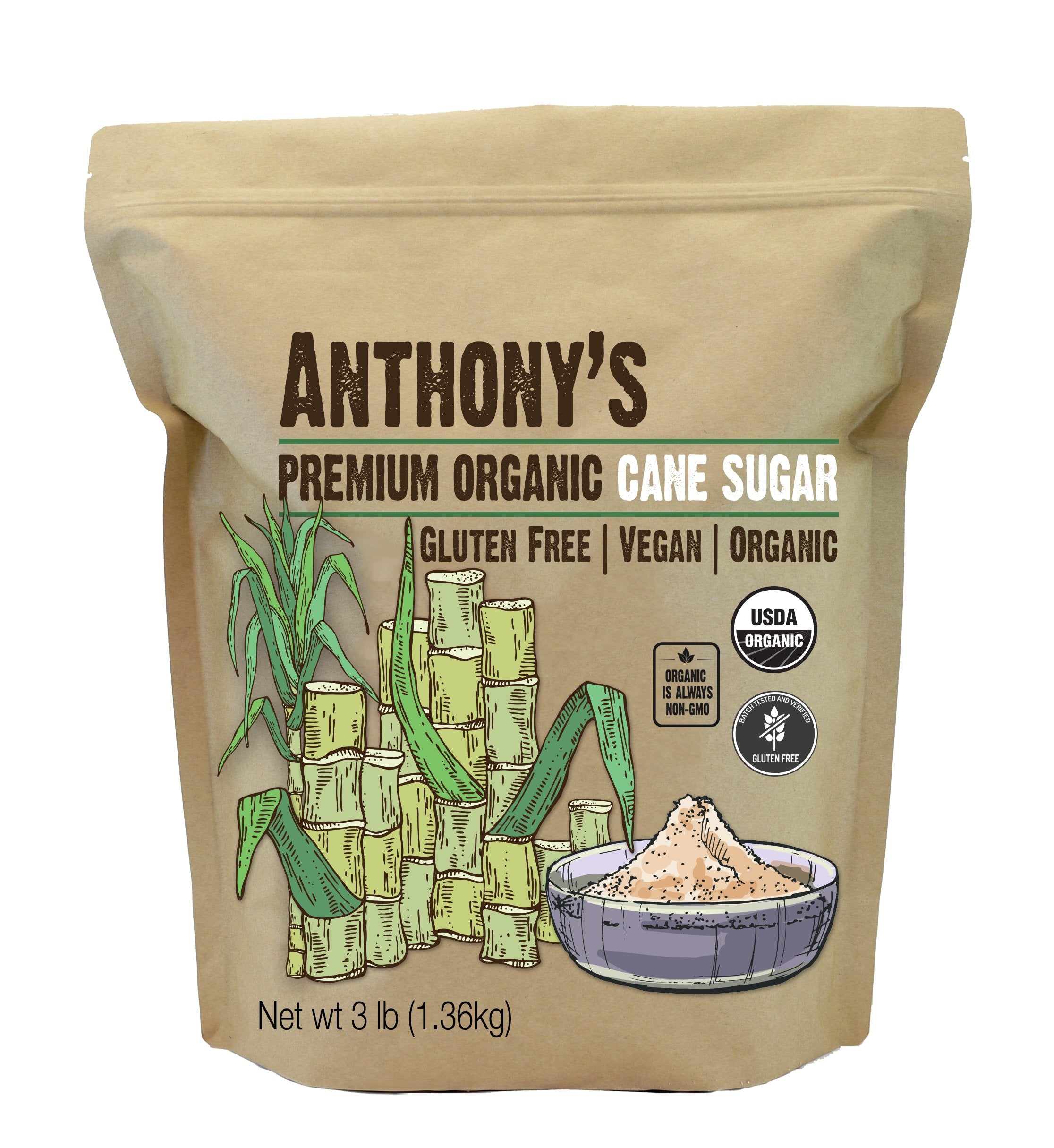Exploring the Comprehensive Tips Involved in Cane Sugar Processing From Collecting to Refinement
The process of cane sugar production incorporates a series of detailed actions, starting with the mindful harvesting of sugarcane and culminating in the improvement stages that ensure the end product meets market standards. Each stage, from the removal of juice to the filtration and formation procedures, plays a critical role in figuring out the quality and personality of the sugar. Comprehending these stages not only highlights the intricacy of sugar production yet likewise raises essential concerns regarding performance, sustainability, and advancement in the industry. What effects do these aspects have for future practices?
Harvesting Sugarcane
Harvesting sugarcane is a critical action in the walking cane sugar processing chain, as it directly affects the quality and yield of the final item. Proper timing and methods are essential during this stage to ensure optimum sugar material and reduce losses. Typically, sugarcane is harvested when it gets to maturity, usually 12 to 18 months after growing, characterized by a high sucrose concentration.

Post-harvest, the sugarcane must be refined quickly to stop sucrose destruction. Ideally, gathered walking cane needs to be moved to processing facilities within 1 day to protect sugar top quality. As a result, efficient logistical planning is critical to maintain the integrity of the collected plant throughout the supply chain.
Extraction Process

The smashed cane goes through a series of pressing operations to take full advantage of juice healing. Generally, warm water is splashed onto the smashed cane, developing a countercurrent flow that aids dissolve the sugar while also assisting in the extraction process. The juice accumulated from this procedure has not just sugar however also different organic compounds and contaminations.

To improve extraction performance, some facilities might employ diffusion approaches, where the sugarcane is taken in warm water, allowing the soluble sugars to diffuse right into the liquid. The resulting juice, rich in sucrose, is after that guided to succeeding processing stages, laying the structure for purification and improvement. The extraction procedure is thus pivotal in determining the high quality and yield of the last sugar product.
Purification Techniques
The filtration techniques utilized in walking cane sugar handling are essential for changing the raw juice into a high-quality sugar product. These methods primarily intend to remove contaminations, such as soil, plant products, and inorganic materials, which can adversely influence the final product's taste and color.
This procedure involves including lime and heat to the raw juice, which promotes the coagulation of pollutants. In addition, the usage of phosphoric acid can improve the clarification process by further binding impurities.
One more substantial strategy is carbonatation, where carbon dioxide is introduced to the clarified juice. This response produces calcium carbonate, which captures continuing to be impurities and promotes their elimination.
Additionally, activated carbon treatment may be applied to adsorb any type of staying colorants and organic impurities, making certain a much more refined product. The mix of these techniques successfully prepares the sugar juice for subsequent action in the refining procedure, establishing the phase for the manufacturing of premium walking cane sugar.
Condensation Techniques
After the filtration stage, the following important step in walking stick sugar handling entails formation methods, which play an essential duty in changing the clarified juice right into solid sugar. This process normally employs 2 main methods: spontaneous crystallization and controlled crystallization.
In spontaneous crystallization, supersaturated sugar services are permitted to cool normally, resulting in the development of sugar crystals over time. This approach is simpler however might result in unequal crystal dimensions and lower pureness degrees. On the other hand, managed formation is a more precise method where temperature level, concentration, and seeding representatives are carefully managed. This method permits the uniform development of sugar crystals and greater purity.
During condensation, the made clear juice is focused with dissipation, enhancing its sugar material until it reaches supersaturation. Once this try this site factor is achieved, either approach can promote the crystallization procedure. Cane Sugar Processing. The resultant sugar crystals are then divided from the staying syrup via centrifugation
Inevitably, the choice of crystallization technique impacts the quality, size, and pureness of the last sugar item, making this action necessary in the overall walking stick sugar handling procedure.
Refinement and Product Packaging
Just how can the pureness and high quality of walking stick sugar be better improved after formation? The refinement process plays a crucial role in achieving top quality cane sugar.
Following, the sugar undergoes a process called centrifugation, where it is rotated at broadband to separate the purified sugar crystals from the remaining liquid. After centrifugation, the sugar is often further refined with a method called carbonization or phosphatation, which utilizes activated carbon or phosphoric acid to remove shade and off-flavors.
When fine-tuned, the sugar is dried out to accomplish the preferred wetness web content, making sure that it remains steady during storage space and transport. The last step involves product packaging the refined sugar in moisture-proof and closed containers to preserve its top quality and prevent contamination. Cane Sugar Processing. Correct product packaging not just expands service life however additionally facilitates easy handling and distribution, guaranteeing that customers get sugar that fulfills the highest possible criteria of purity and high quality
Final Thought
The detailed actions associated with walking stick sugar handling, from the thorough harvesting of sugarcane to the elaborate refinement and packaging phases, underscore the importance of each phase in ensuring top notch sugar manufacturing. Optimal harvesting strategies, reliable removal techniques, and extensive filtration processes jointly add to the last product's purity and security. The formation and succeeding product packaging techniques even more improve the stability and rack life of the sugar, highlighting the intricacy and accuracy inherent click here for more info in this crucial farming industry.
The process of walking cane sugar production includes a series of elaborate actions, starting with the careful harvesting of sugarcane and finishing in the improvement phases that guarantee the last product satisfies YOURURL.com sector requirements. Preferably, gathered cane should be moved to refining facilities within 24 hours to maintain sugar high quality.In spontaneous condensation, supersaturated sugar remedies are enabled to cool down naturally, leading to the development of sugar crystals over time - Cane Sugar Processing. The refinement process plays a vital role in accomplishing high-grade cane sugar.The thorough steps involved in walking stick sugar processing, from the precise harvesting of sugarcane to the detailed improvement and product packaging stages, underscore the significance of each phase in making sure high-quality sugar production